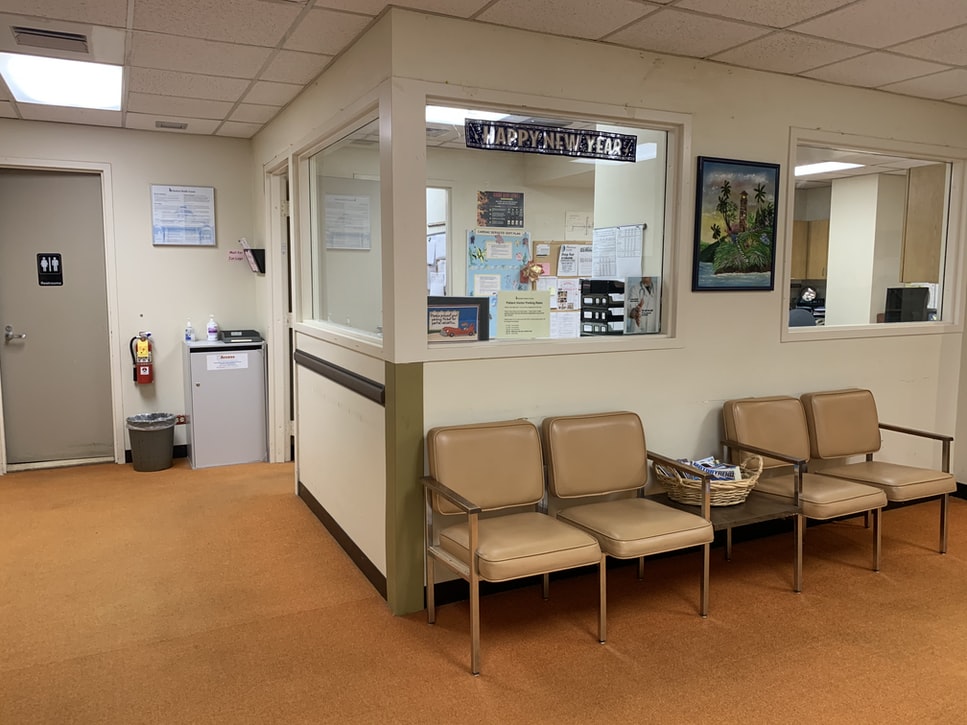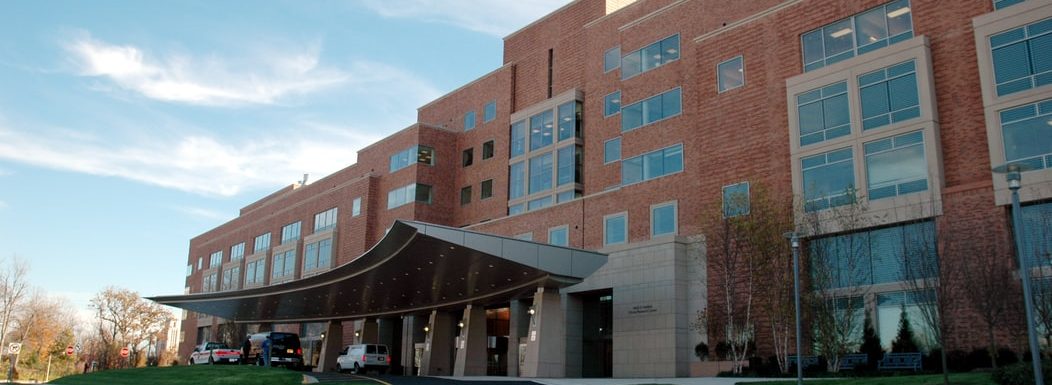Going to a hospital is never fun. It doesn’t matter where you live, how old you are, what’s wrong with you, and how serious your condition is – this experience is never a fun one. However, if going to a hospital means you’ll eventually get better in the future and solve issues that have been bothering you for a while, doing this is something you simply have to do. Having a positive hospital experience depends on how well and how fast you’re going to recover, but there are a few other factors that will shape this experience. So, what are they and how can people running hospitals and other medical facilities improve their patients’ experience?
The staff
From the moment a patient walks into a hospital until it’s time for them to finally go home, these people rely on your staff all the way. Being in a medical facility means a person is unable to get better on their own, and seeking help is the only available option. And if these people are forced to seek help from medical professionals who are well-educated, friendly, and understanding, the chances of recovery are going to get much higher.
Finding the right people to hire and encouraging them to stay loyal to your facility as long as possible isn’t easy, but it’s something you need to do if you want your patients to have the best care possible. You should also insist on service education as a way to boost your patients’ experience, so start creating long-term plans and working on these ideas now.
The one-on-one time with the doctors

Medical professionals around the world are usually swamped with work daily – not just due to a global COVID-19 pandemic, but in general – and they rarely have enough time and patience for all their patients. This is why trying to create more chances for a one-on-one time between doctors and patients is something you have to work on, especially because this is what causes people to help better and heal faster than they would otherwise.
Doing this is far from easy, though, and you have to come up with a proper plan. The first thing you need to do is to hire more doctors and give them a chance to spend more time with their patients. After that, you need to encourage them to spice up their work ethic and invest more energy into talking to their patients and making them feel good.
The visual appeal
Though most people don’t pay that much attention to the visual appeal of the hospital they’re in, you can’t deny the fact that this is a major factor when it comes to every patient’s hospital experience. The visual appeal includes several aspects, from the entrance and the front desk to every single room the patients will spend their time, so paying attention to the details is crucial.
Taking care of the lighting should be one of your top-priority projects. This will make your patients and their families feel good when they’re in your facility, and making sure there’s lots of natural light everywhere is vital. But, for areas such as clean rooms, you need to go the extra mile and find a specialized solution. Keep in mind that only the most professional lighting concept includes special requirements in terms of design in clean room spaces, so this is an idea you need to explore when illuminating clean rooms, operating rooms, and other special areas in your hospital.
The wait times

Scheduling an appointment with your doctor and showing up to it at the right time sounds like something a responsible patient would do. However, you’d be surprised to hear how many doctors don’t respect the schedule and let their patients wait for hours until they admit them.
So, if you want your patients to be happy with their experience at your hospital, try to reduce wait times as much as you can. Encourage your staff to gather patients’ information in advance, ask their colleagues to help them, and use mobile queue solutions, and your patients will be happier than ever.
Trying to boost your patients’ satisfaction level is hard, but it’s doable – just look into these ideas and figure out a way to turn them into reality ASAP!

Leave a Reply